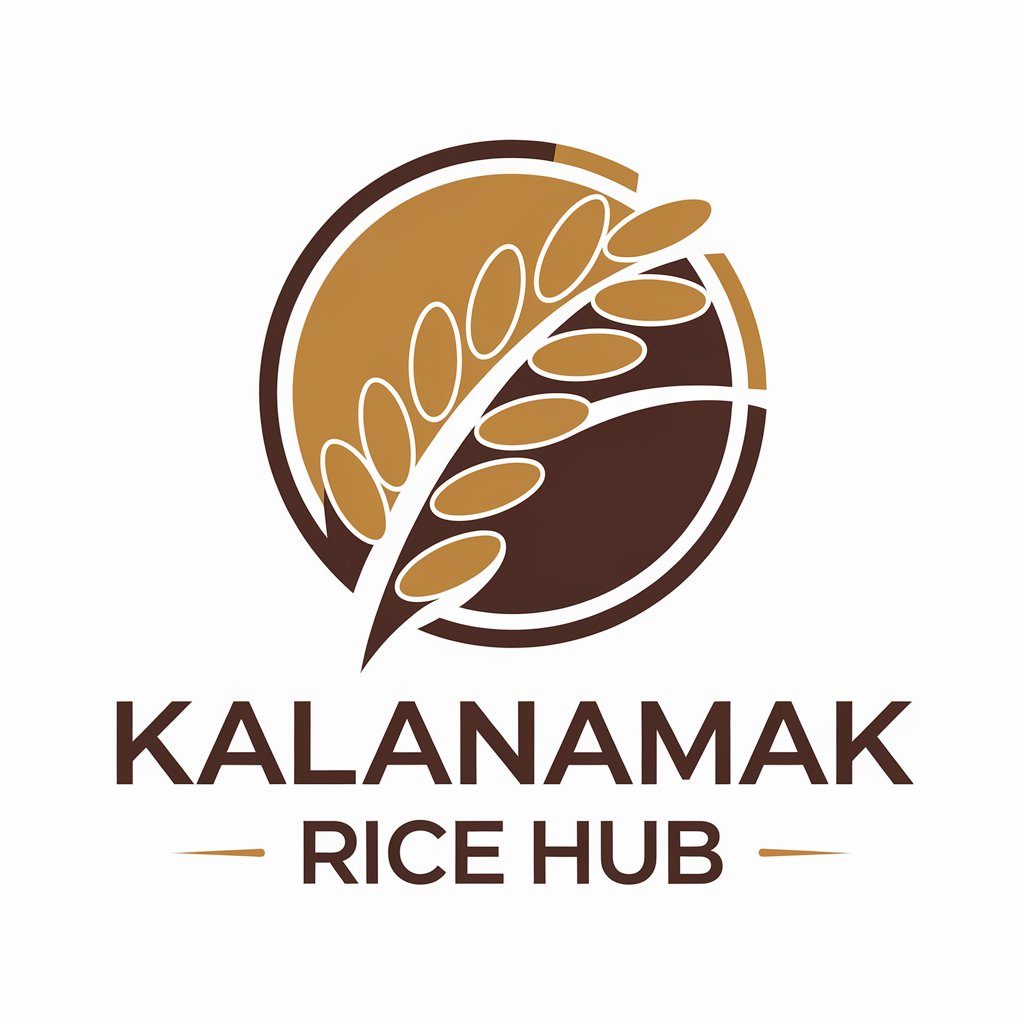Kalanamak Rice GI Tag: Preserving the Legacy of UP’s Ancient Black Rice
Introduction
A black rice variety that dates back over 2000 years. Kalanamak rice received its GI tag in 2013. This tag marked a significant milestone for farmers in Uttar Pradesh. The rice variety is often called “Buddha’s Gift.” It has deep roots in the region’s cultural heritage. Its unique properties make it stand out among other rice varieties.

TO Know More, Click
Understanding Geographical Indication (GI)
A GI tag is like a special badge of honor. It tells us that a product is unique to a specific region. Think of it like champagne from France. Only rice grown in specific UP districts can be called Kalanamak. This protection helps local farmers get better prices. It also stops others from copying the name. The process to get a GI tag is detailed. It requires proof of historical use. The area must show unique growing conditions. Farmers must follow specific cultivation methods.
Geographic Specifics of Kalanamak Rice
The magic happens in the Terai region. Four districts lead the production. Siddharthnagar stands as the main hub. Maharajganj follows with significant cultivation. Sant Kabir Nagar adds to the rice belt. Gorakhpur completes the primary growing area. The soil here is special. It has just the right mineral content. The climate plays a crucial role too. Winters are cool. Summers are moderate. Rainfall patterns suit the crop perfectly.
Distinctive Characteristics Protected by GI
Look at the rice closely. You’ll notice the black husk first. The grains are small but well-formed. The aroma is intense. Many say it’s stronger than basmati. Lab tests show impressive results. The zinc content is higher than regular rice. Iron levels stand out too. These nutrients make it special. Traditional farming methods matter here. Farmers follow age-old techniques. These methods preserve the rice’s unique qualities.
Impact of GI Tag on Local Economy
Farmers get better prices now. The tag stops fake products. Export markets have opened up. Local farmers earn more. Their living standards have improved. Markets recognize the brand better. Customers trust the quality more. This creates a positive cycle. More farmers want to grow it. The local economy benefits.
Quality Control and Standards
Rules are strict for GI products. Every batch must meet standards. Regular testing happens. Labs check the quality. Farmers must follow guidelines. Certification isn’t easy to get. But it protects the brand. Monitoring never stops. This keeps quality high. Customers get what they pay for.
Marketing and Promotion
The GI tag helps in branding. Premium markets open up. Customers learn about the rice. Government runs special programs. Festivals celebrate the rice. More people know about it now. Sales are growing. Marketing becomes easier. The unique story helps sell. Quality backs up the claims.
Challenges and Future Prospects
Some challenges remain. Climate change affects crops. Keeping standards high takes work. But opportunities are growing. Research continues to help. New markets are opening. Sustainability is key. Future looks promising. Farmers are optimistic. Support systems are improving.
Success Stories
Many farmers have benefited. Their incomes have grown. Markets respect the brand. International buyers show interest. Local economy has improved. Farmers share positive stories. Their lives have changed. The community prospers. More success seems likely. The GI tag made this possible.
How to Identify Authentic GI-Tagged Kalanamak Rice
Look for special marks. Check the packaging carefully. Buy from authorized sellers. Know the price range. Real Kalanamak costs more. Quality shows in the product. The aroma is distinctive. Grains look unique. Color should be right. Don’t fall for cheap copies.
This rice variety stands as a proud example of India’s agricultural heritage. The GI tag protects this legacy. It ensures future generations can enjoy this special rice. Supporting authentic Kalanamak rice helps farmers. It preserves a valuable tradition. Everyone wins when quality stays high.

